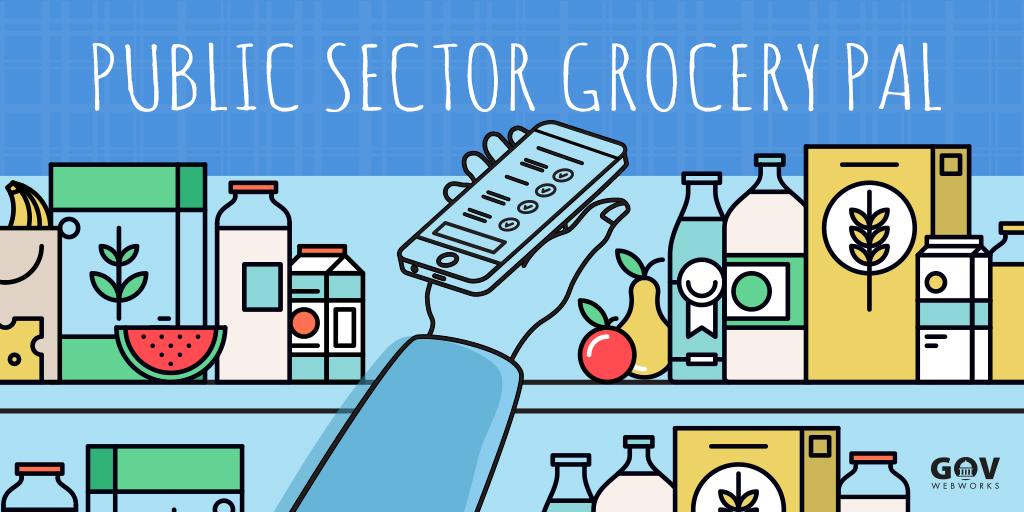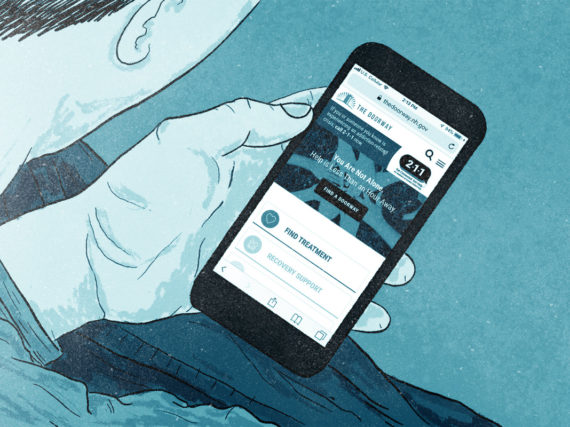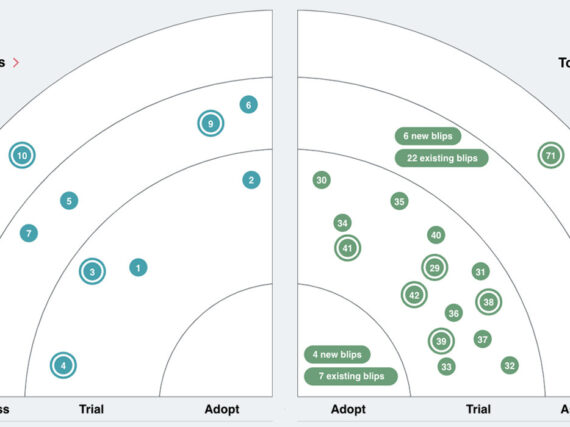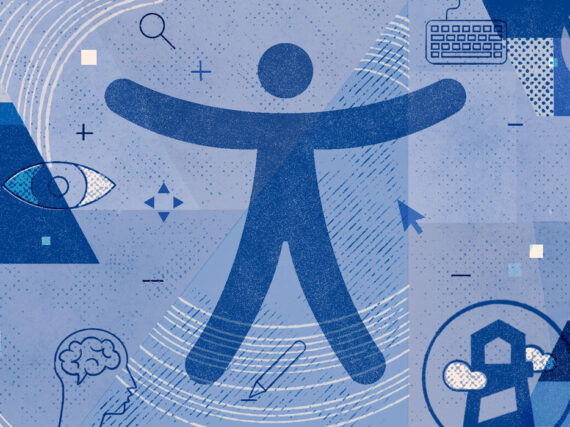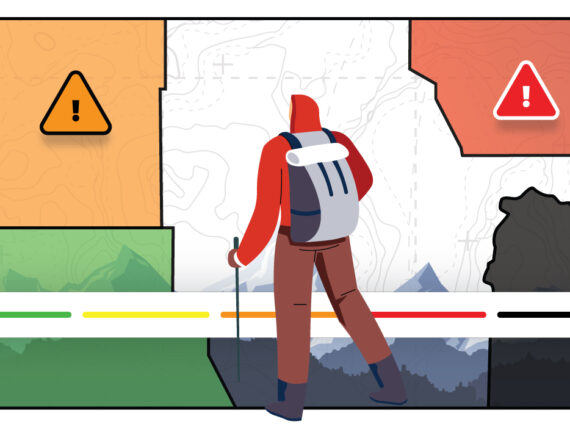The Child and Adult Care Food Program (CACFP) Shopper is a mobile application that provides immediate food crediting guidance when child and adult care providers are making decisions about foods to purchase for reimbursable CACFP meals.
We spoke with project manager Angie Davis and her team, Robin Holz and Suzanne Secor-Parker, the lead consultants for Iowa’s Department of Education, about the process of developing a mobile application to make creditable food purchasing easier for child and adult care providers.
Why was the CACFP Shopper app needed?
It’s an important tool for providers who are on the Child and Adult Care Food Program and receive reimbursements through USDA. The app is used when they are shopping in the store to determine if foods are creditable or not, and if grains are whole grain rich or not. It also helps to gauge proper grain servings sizes and how many grains are in each package. It’s especially useful for rural providers who shop at convenience stores and smaller grocery stores and may not have as many options to chose from.
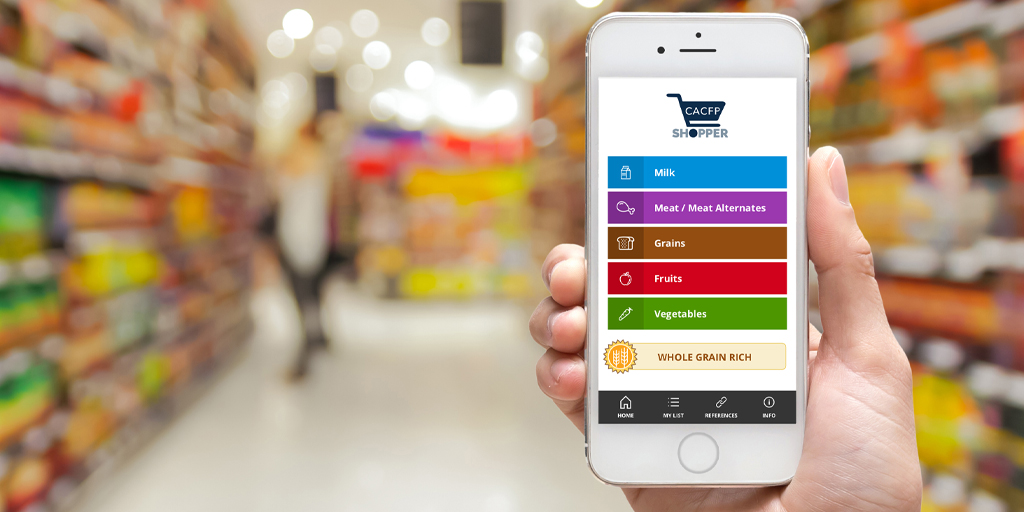
How does the app work?
The CACFP Shopper app uses a series of questions based on the nutrition facts label, the ingredients label, and the product package in order for the app to tell them if it’s a creditable item. It does not utilize the product itself by name or manufacturer. We are just looking at ingredients and nutrition to determine if the item is creditable.
What are the benefits for other states?
Most states are using paper guidance, where as the CACFP Shopper app is ready to use in the store. It makes it faster and easier to get accurate answers. The state agency staff can also use it as a convenient reference during their administrative reviews of product purchases. So this consolidates crediting information into one place, and it minimizes the need for the consultant to carry multiple sources of guidance.
Are other states using something similar?
There are no other similar applications to the CACFP Shopper. There are some online calculators for yogurt and cereal sugar requirements which are something they also have to calculate, but this app also has that feature. But the others are not mobile apps and need wifi or cellular service to access, where as our mobile app can be used without service or wifi. As mentioned, this is especially helpful in rural areas where there may not be cell service or wifi available. Here in Iowa, we have a target audience, but nationally, we are looking to get it out there to other states. As a free tool, we’d love to see other states using it.
What were the key steps in the creation of the app?
Step One: Our first task was to evaluate the USDA guidance, which was specific to the meal pattern requirements. The CACFP meal pattern has requirements in every food category, for what grains, meat and meat alternatives, and fruits and vegetables you can serve. It has very specific requirements for the types of foods are going to be reimbursed.
Step Two: Next we built a concept. What did we want this app to do for people? How could we turn those requirements into something we can do on a mobile app instead of reading through pages of guidance? There are some things that just can’t be done with an app, so we had to take out the things that couldn’t be done and focus on the ones that could. To gather the requirements we reached out to local individuals that had worked in app development and talked about the process, possibilities, and cost. We also have Office of Chief Information Officer to determine the possibilities, what it might look like, and what platforms it would use.
Step Three: The Department of Administrative Services put out an RFP based on the requirements we had gathered, and we found a developer through a formal procurement process.
Step Four: We got started with a kick off meeting with the developer, GovWebworks (GWW), which included the development team, our team, and people from the DOE that were invested in the project.
Step Five: The development and testing phase followed an Agile process and back-and-forth communication between us and the developer. We had daily stand-ups to review the updates from the developer and info from the external stakeholders. Being able to offer our suggestions and get developer feedback throughout the process was the key to step five. Also the ongoing discussions about the best approaches to the project meant they could turn it into something more than we envisioned.
Step Six: Next to last was the feedback and testing, when we asked for perspective sharing, and brought the states back in to get their feedback on the app.
Step Seven: The final step was the launch. Our IT department built the developer account for the app in the Apple and Google app stores and then we gave access to Chris Davis, from GWW DevOps, who submitted it to the stores for approval and distribution. We made announcements and had a launch webinar and then opened it up to all of our contacts in Iowa who would be using it. We have had five conference appearances where we highlighted or showcased the app for CACFP providers and USDA and state agency staff.
Which steps were harder, which were easier?
Our primary challenge was how to keep the app current because the meal pattern requirements are constantly being clarified or addended. In the end, we decided to make it a static app so providers can use it without cellular service in the stores, but that comes with restrictions on how often we can update it. Our solution was to create an open contract with GWW so we can do updates as needed over the next five years.
The part that was easier than we anticipated was the responsiveness of the GWW team. They were positive the entire way through. Of course Alison Schestopol, the GWW project manager, had a key role in that, but the entire team worked together to complete what we asked them to complete or gave us an alternative. The design was also easier, we weren’t sure what we wanted it to look like, and the GWW designer, Chris Prinn, was great at setting up lots of options so our team could review them together and pick the best choice.
Anything you would do differently in hindsight?
We like to call this “lessons learned.” The main thing we learned was the importance of having a project manger on our end, as well as one on the developer side, because there are things the subject matter experts don’t need to be part of, like the daily meetings and quick-response questions. That’s what a PM is for, and it made the process much smoother.
Learn more
- Read about the CACFP Shopper case study
- Download the CACFP Shopper app from Google
- Contact GWW to inquire about adapting the CACFP Shopper for your state
